Aging: What’s Positivity Got To Do With It?
 When I hear people say, “Ya, positive aging is so important.” I wonder, what exactly does positivity have to do with aging? Does having positive thoughts truly have an impact on the aging process?
When I hear people say, “Ya, positive aging is so important.” I wonder, what exactly does positivity have to do with aging? Does having positive thoughts truly have an impact on the aging process?
A 76-year-old triathlete in Tempe, Arizona questioned aloud, while reading my business slogan, which is printed on the back of my jersey, as I ran past him, “Aging actively and thinking positively? Well, I am positively aging. Does that count for something?”
Then there’s the program for positive aging aimed at “improving later life mental-health and dementia care.”[1] So not only is it a mindset, we then also have instituationalized thought by offering programs that potentially train us to think a particular way about working with people affected by abnormal aging – from the DICE approach to the CARES approach.
In the 90s Martin Seligman, father of the “positive psychology” movement led the way for gerontology to create what Robert Hill and others call positive aging. Hill purports that “happiness does not just happen” rather our intentional behaviors and thoughts deeply impact the quality of our life.[2]
Perhaps as our lifespans have drastically increased over a relatively short period of time, the fervor with which we approach longevity is focused now more on quality rather than quantity.
According to U.S. Census Bureau, “in 2050, the population aged 65 and [greater] is projected to be 83.7 million.” Population growth at this rate is twice the speed of growth nearly 40 years ago.
Further, the average life expectancy for a female in the US is 78.8 years (slightly less for men and no current data on people who are transgender). One study suggests those with positive perceptions of their own aging lived an average of 7.5 years longer.
While having tea with a friend the other day, she shares a conversation at a recent doctor visit, where the doctor said, “How about you focus on your diet and we’ll follow up in 2 years.” My friend chuckled, and said, “Doctor, have you looked at my file?” He said, “Yes, I see your cholesterol and glyceride numbers.” My friend says, “OK. Did you see the numbers in my birthday space?” He responds, “Yes, you were born in 1917.”
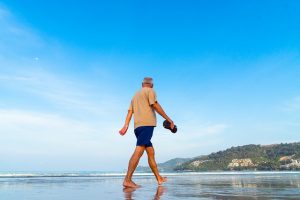 My friend’s conclusion is: “I think I have the quantity part of life figured out. I’m going to focus now on the quality. And as that relates to food, if it tastes good, I’m going to eat it…this baklava from the Greek Festival sure is delicious. MMmmmmmm.”
My friend’s conclusion is: “I think I have the quantity part of life figured out. I’m going to focus now on the quality. And as that relates to food, if it tastes good, I’m going to eat it…this baklava from the Greek Festival sure is delicious. MMmmmmmm.”
Our thoughts are not separate from our body. There is mounting evidence for physical impacts of positive thought processes: strong cardiac health, decreased blood pressure and cholesterol readings.
Regardless of your current age, your thoughts can have a positive impact on your aging process. Research suggests if you look forward to aging, then you’ll enjoy the process more fully and joyfully as opposed to your dreading (or dreadful) aging counterparts.
Adrienne Ione is a cognitive behavioral therapist and personal trainer who integrates these fields in support of people thriving across the lifespan. As a pro-aging advocate, she specializes in the self-compassion of dementia.
Website: yes2aging.com
Guided Meditations: insighttimer.com/adrienneIone
Facebook: silverliningsintegrativehealth
References
[1] http://www.programforpositiveaging.org/
[2] Robert Hill Positive Aging
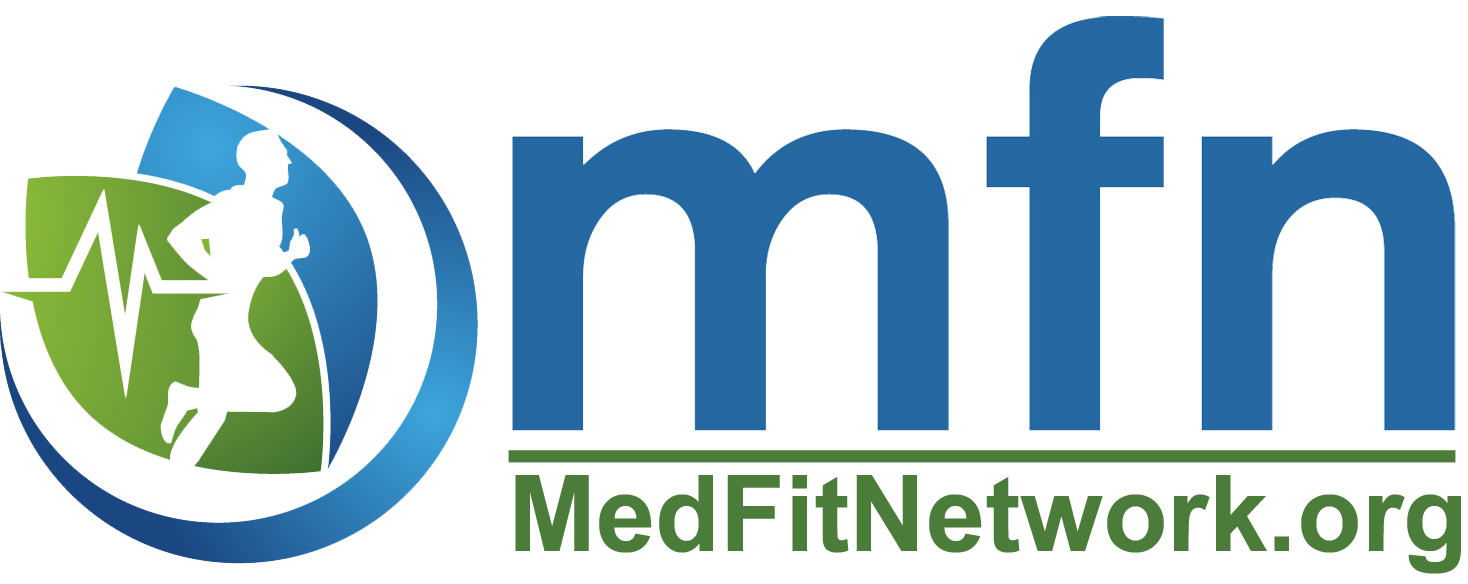
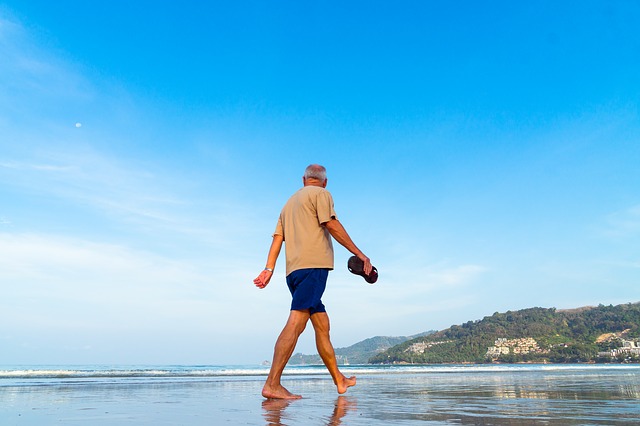

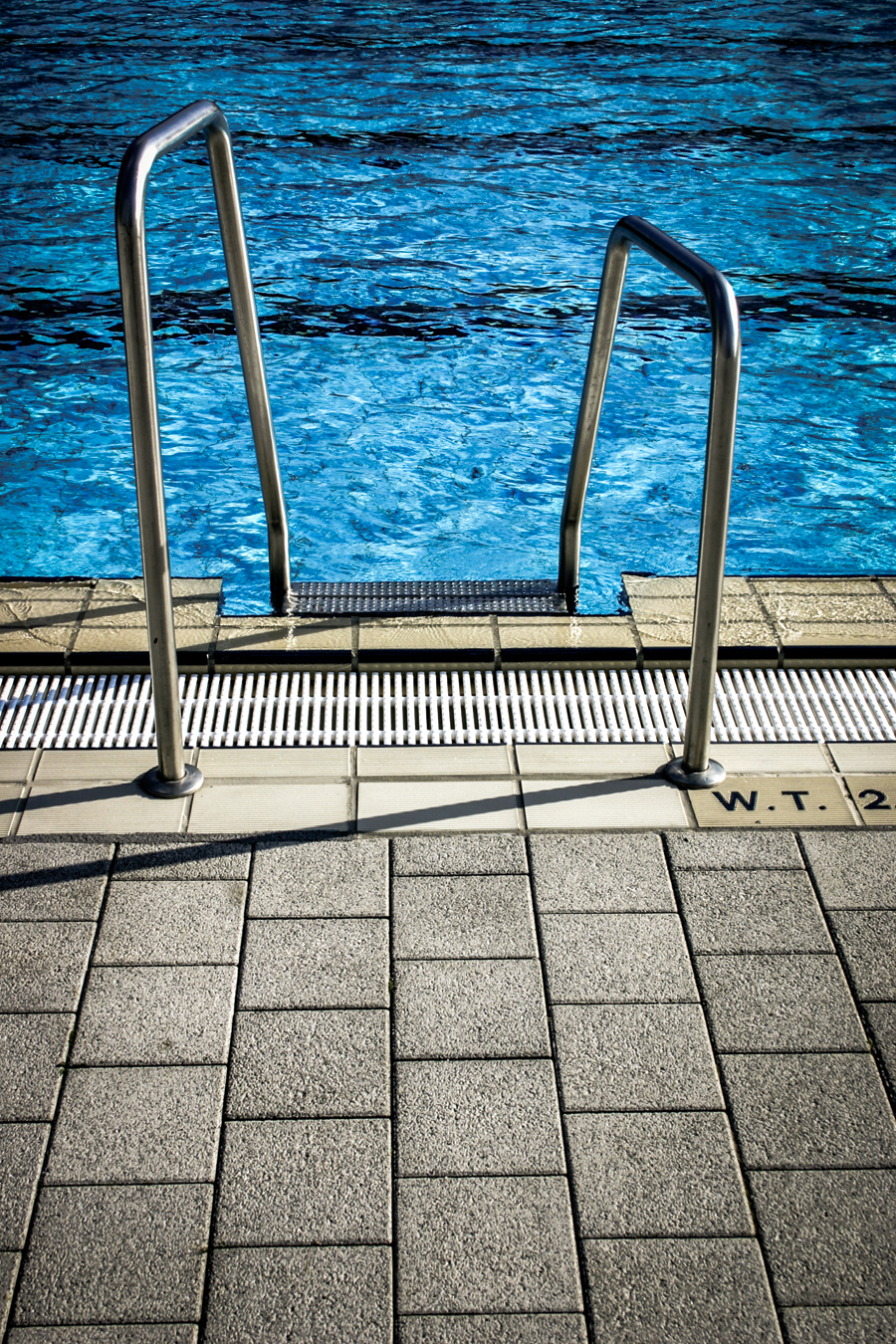
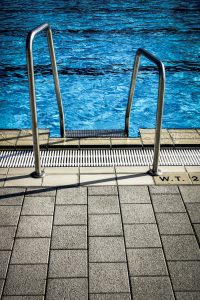 Active rest defined: “Involves performing light exercises that stimulate the recovery process without imposing undue stress on the injured body part.”
Active rest defined: “Involves performing light exercises that stimulate the recovery process without imposing undue stress on the injured body part.”
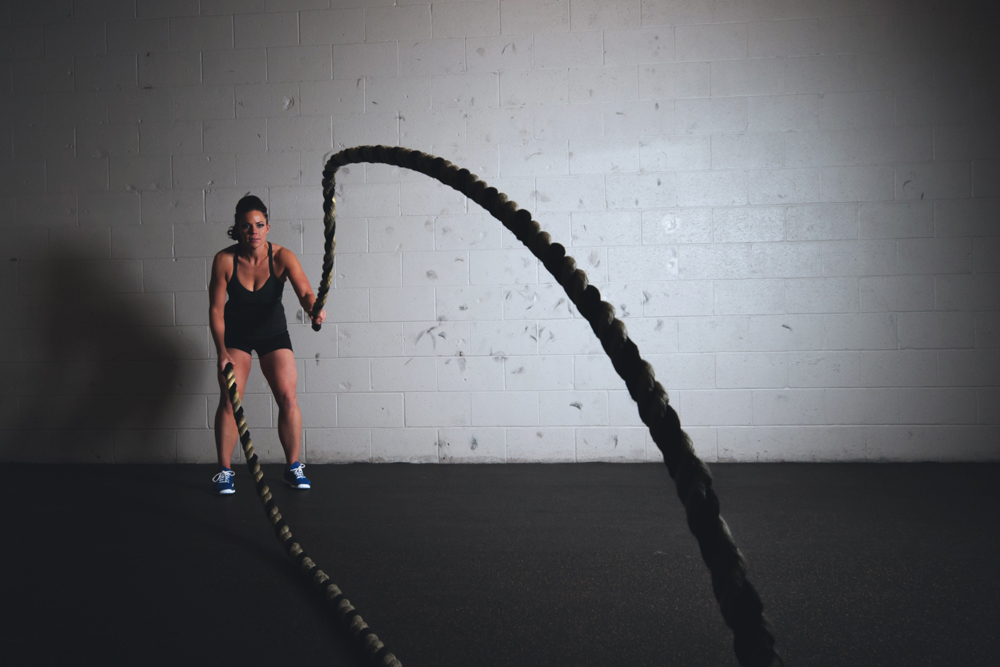 What Programs are Appropriate for You?
What Programs are Appropriate for You?
 The Good News
The Good News If you would really enjoy eating chocolate as a regular part of your sports diet/weight management program, I suggest you eat chocolate at breakfast. Yes, chocolate cake for breakfast enhances weight loss —at least, according to Daniela Jacubowicz PhD(2). In her research with 193 subjects with obesity (but no diabetes), half ate a 300-calorie protein-based breakfast. The others ate a 600-calorie breakfast that included protein plus dessert, such as chocolate cake.
If you would really enjoy eating chocolate as a regular part of your sports diet/weight management program, I suggest you eat chocolate at breakfast. Yes, chocolate cake for breakfast enhances weight loss —at least, according to Daniela Jacubowicz PhD(2). In her research with 193 subjects with obesity (but no diabetes), half ate a 300-calorie protein-based breakfast. The others ate a 600-calorie breakfast that included protein plus dessert, such as chocolate cake.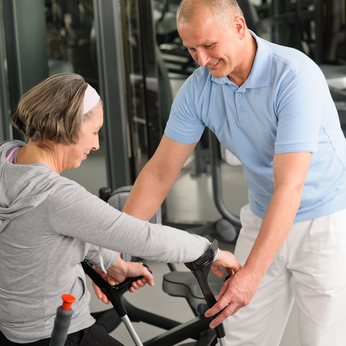
 As with the preparation of most healthcare professionals, one of the most important steps is having a high quality educational program. This helps to ensure that foundational knowledge is acquired and mastered. This cannot be achieved in the “weekend warrior” courses or online test review courses provided as the standard by most personal training programs. Similar to the development of an effective exercise program, a quality education program must follow best practices and specific steps for optimal learning. The
As with the preparation of most healthcare professionals, one of the most important steps is having a high quality educational program. This helps to ensure that foundational knowledge is acquired and mastered. This cannot be achieved in the “weekend warrior” courses or online test review courses provided as the standard by most personal training programs. Similar to the development of an effective exercise program, a quality education program must follow best practices and specific steps for optimal learning. The 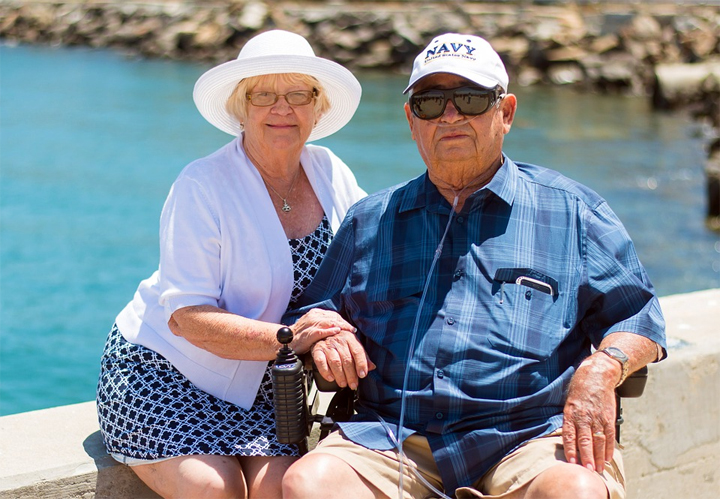

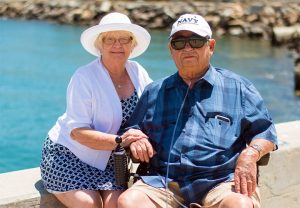 Vacations for seniors
Vacations for seniors
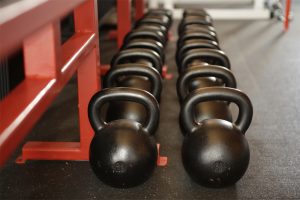 With 50,000 health clubs in the U.S. there are plenty of choices for employment. Within this “vertical” there are numerous sub-categories and options.
With 50,000 health clubs in the U.S. there are plenty of choices for employment. Within this “vertical” there are numerous sub-categories and options.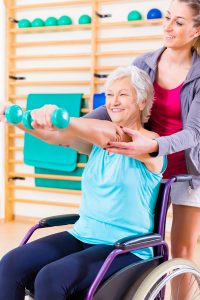 Benefits of working for a medical based fitness center:
Benefits of working for a medical based fitness center: